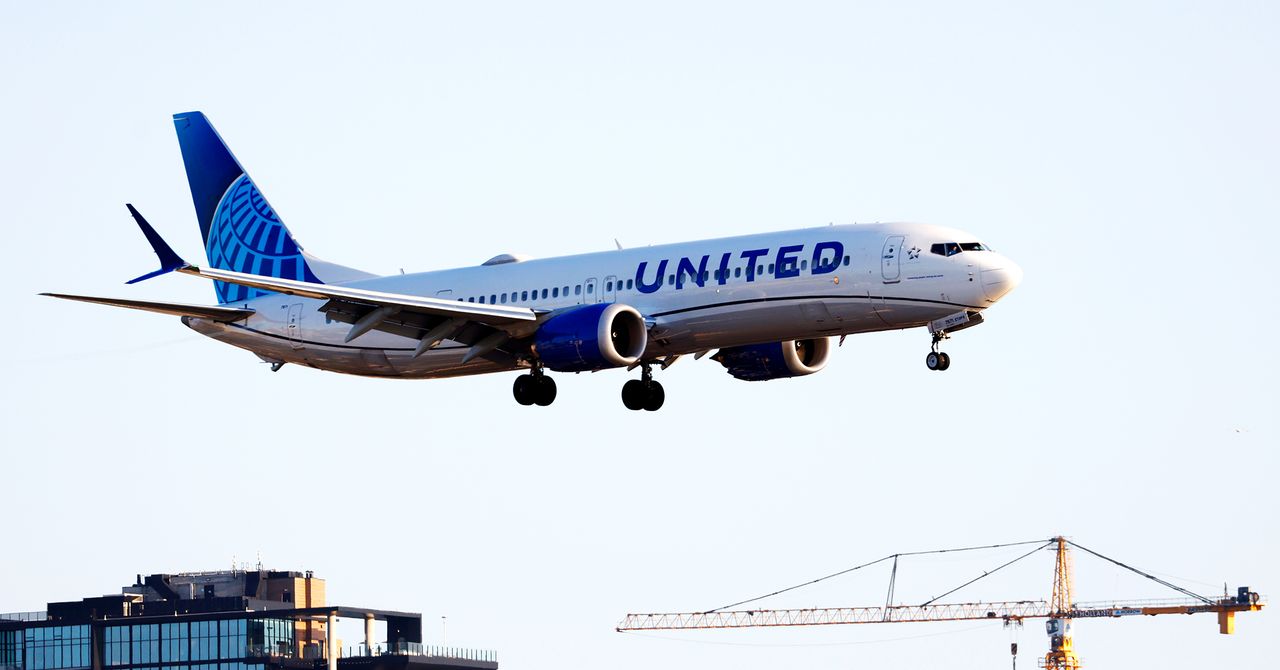NTSB Investigates Airlines Incident Involving Object Strike Over Utah
The National Transportation Safety Board (NTSB) has confirmed that it is investigating an incident involving a United Airlines flight that sustained damage to its windscreen while flying over Utah. The event occurred on Thursday, November 30, during a journey from Denver to Los Angeles.
Incident Details and Immediate Aftermath
According to an announcement on the social media platform X, the NTSB is currently collecting data from radar, weather conditions, and flight recorders. The damaged windscreen has been sent to NTSB laboratories for thorough analysis. During the incident, the aircraft, a Boeing 737 MAX, encountered an object that left a substantial crack in one of its two large cockpit windows. Social media images have shown that the pilot suffered minor injuries from small glass shards resulting from the impact.
Speculations Surrounding the Object’s Origin
The captain of the flight initially described the object as “space debris,” although this characterization remains unverified. After the impact, the aircraft safely diverted and landed at Salt Lake City International Airport. Initial images indicate that the object made a significant impact near the upper-right section of the window, which also damaged the metal frame surrounding it.
Flight Safety and Cabin Pressure
The flight was cruising at an altitude of approximately 36,000 feet, while the aircraft was able to maintain cabin pressure effectively throughout the incident. Due to the multiple layers of the aircraft’s windows, the pane did not completely shatter, which likely contributed to the crew’s ability to manage the situation.
Possible Causes of the Incident
It remains unclear whether the object was indeed space debris. While a few bird species can reach high altitudes, including the Rüppell’s vulture in Africa, the chances of a bird strike at 30,000 feet are exceedingly rare. Another potential source could be an unregulated weather balloon, though its speed and trajectory might not align with the type of damage observed. Hail is also under consideration as a possible cause.
The Likely Culprit: A Meteor
While initial thoughts linked the object to space debris, experts suggest that a meteor is a more plausible explanation. Research published in the journal Geology estimates that around 17,000 meteorites hit Earth annually, far exceeding the number of human-made objects that survive atmospheric reentry.
Moving forward, the NTSB’s analysis of the impacted glass and metal will be crucial in determining the exact origin of the object and ensuring flight safety. Updates on the investigation will follow as more data becomes available.
This story has been adapted from original reporting on Ars Technica.




